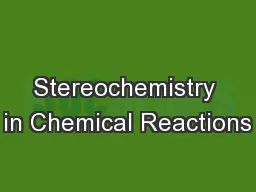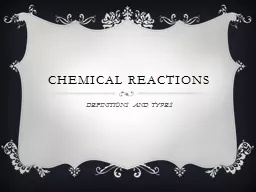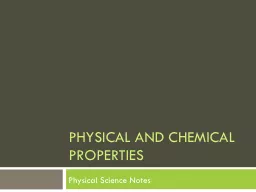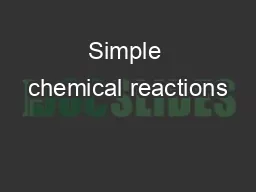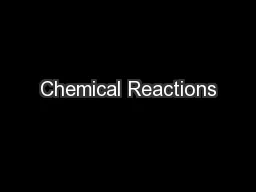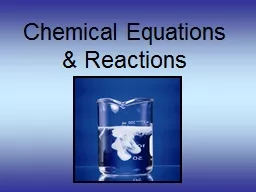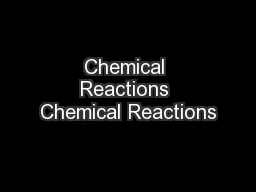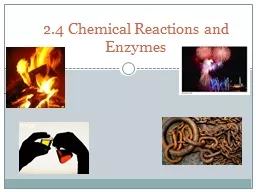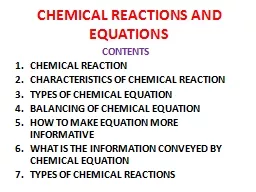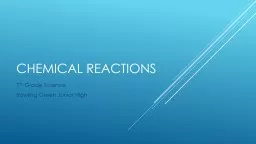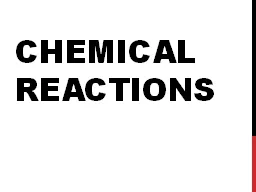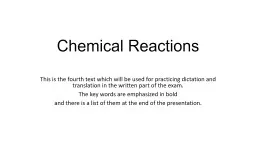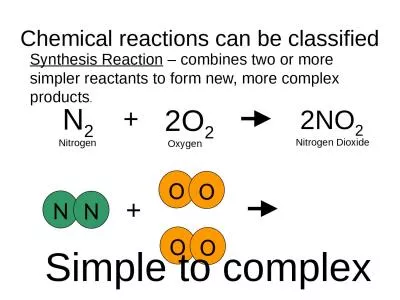PPT-Stereochemistry in Chemical Reactions
Author : cheryl-pisano | Published Date : 2017-03-29
57 The radical mechanism explains why the bromination of butane results in a racemate When a hydrogen atom is extracted from butane by an attacking bromine atom
Presentation Embed Code
Download Presentation
Download Presentation The PPT/PDF document "Stereochemistry in Chemical Reactions" is the property of its rightful owner. Permission is granted to download and print the materials on this website for personal, non-commercial use only, and to display it on your personal computer provided you do not modify the materials and that you retain all copyright notices contained in the materials. By downloading content from our website, you accept the terms of this agreement.
Stereochemistry in Chemical Reactions: Transcript
Download Rules Of Document
"Stereochemistry in Chemical Reactions"The content belongs to its owner. You may download and print it for personal use, without modification, and keep all copyright notices. By downloading, you agree to these terms.
Related Documents

